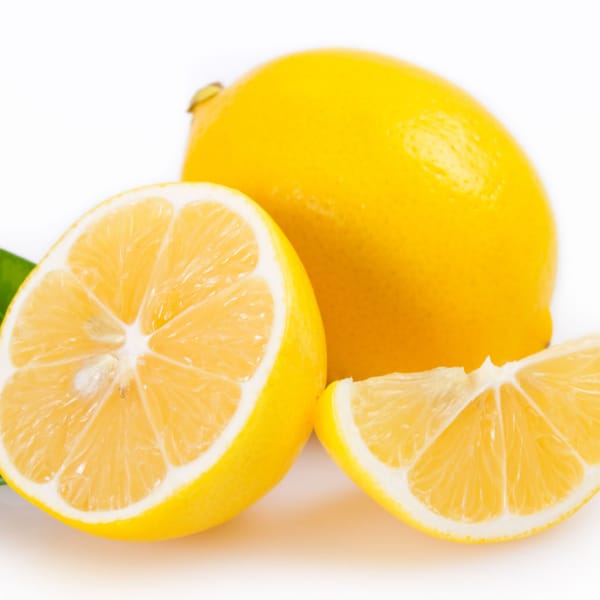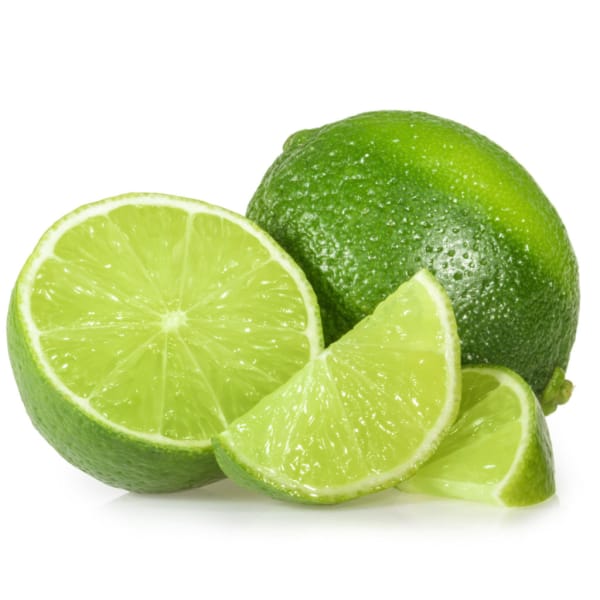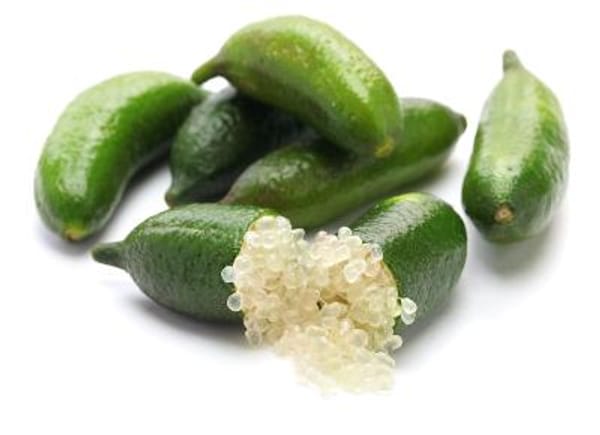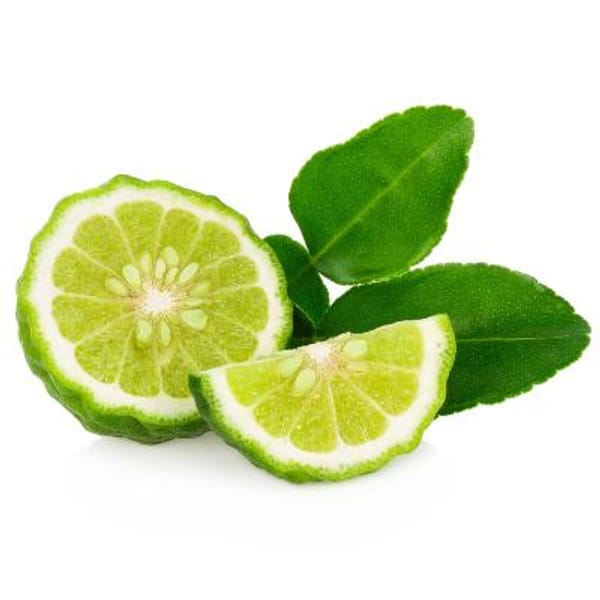- This variegated version of a Nagami Kumquat is an attractive finely textured tree with upright growth habit.
- Variegated pale yellow and cream leaves are complemented by yellow and green striped fruit which become quite large and turn orange at maturity.
- Ripeness occurs in late winter and fruit holds well on the tree into the summer.
- Fruit is larger & sweeter than most kumquats.
- Self-fertile
- Best for Zones 8-11/ Protect below 30 F
- For Zones 4-7, you can grow this tree in a pot and bring it indoors for the winter.
- Grafted onto semi-dwarf rootstock.
- Height at maturity: 10'-15' in the ground/ 6'-8' in pots
- Read: 8 Great Kumquat Varieties
- By law, we cannot ship citrus trees to Alabama, Texas, Arizona or Florida.
Read About Acclimating Your New Citrus Tree
Lee nuestra guía aquí : Guia de cultivo para citricos
Get in the know about HLB(Huanglongbing / Citrus Greening Disease) and help save your community's citrus. Only source citrus trees from reputable growers.
-
SAVE ON SHIPPING: We can now ship potted fruit trees in MULTIPACK BOXES. Order as a 3-pack or 6-pack to save on the cost of shipping! This includes ALL PRIMO and ENTRY sized citrus, olive, fig and avocado trees as well as grape and passion vines.
- No customer pick-up
- Each citrus producing state, including California, prohibits importation of citrus trees from other citrus growing areas, therefore we cannot ship citrus trees to Alabama, Texas, Arizona or Florida.
- We CAN ship non-tree items to these states.
- We also do not ship any items to the US Virgin Islands, Guam, Puerto Rico or to API/APO addresses, or to other countries at this time.
- Click here for Shipping Information
-
Primo Size Trees: Tree height ranges from 24"-36" tall and the trees are grown in a 5"x5"x12" air pruning tree pot.
- Primo Size Citrus trees have been grown to maximize root development in order to meet the demand of our growers. The goal with this product is to provide a top-quality tree that is branched nicely and well rooted in a container size that is economical to ship.
- Primo Size Citrus trees are pruned with intention to get you a beautifully developed canopy with proper branching starting at or above the 18” mark.









